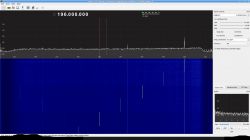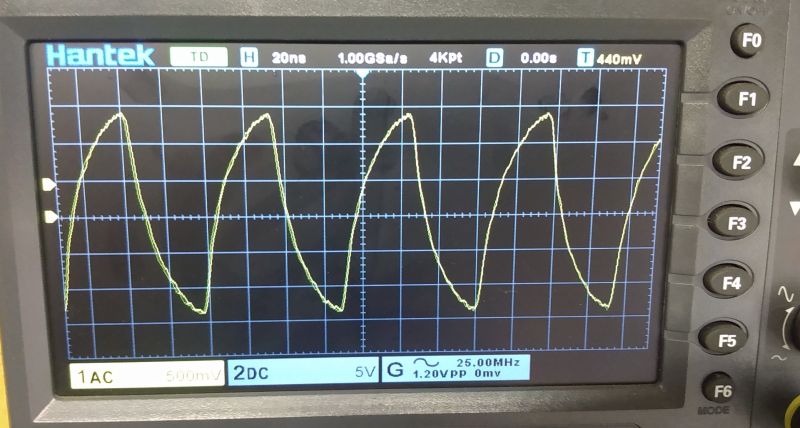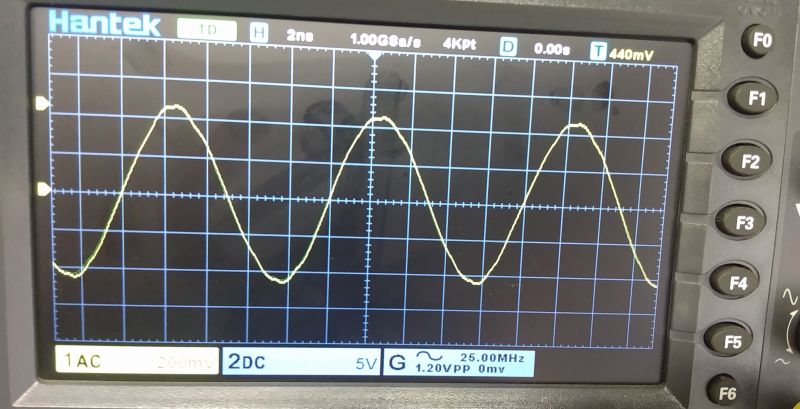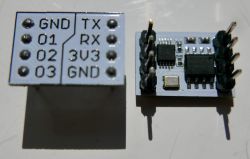
Hello
Sometimes a man needs some unusual generator or quartz. You have to wait 2 days or 2 months for an order, and I am too stingy to buy a proprietary generator, so what? You have to do something yourself.
For a long time I had an idea ... Something small, I set the frequencies and I forget.
So I present the generator module project based on the Si5351A chip and the HK32F030MJ4M6 microcontroller.
The generator has 3 outputs with a frequency range of 4kHz ... 112.5MHz and is configurable via the UART interface and the settings are stored in the built-in EEPROM in HK32F030MJ4M6.
Own Soft, written in C.
Power supply 3.3V.
Menu:

'F1', 'F2', 'F3' - frequency configuration
'c' - calibration
'w' - save settings
Baudrate: 115200
Diagram:
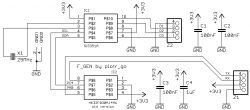
When using the newer version HK32F030MJ4M6, the SDA / SCL pins must be switched.
As there was little space on the board, I used a pull-up built into the microcontroller for the SDA ("kids, don't do it at home"
SCL is push / pull controlled.
Cool? Ranking DIY






